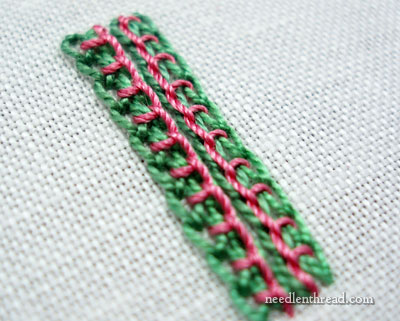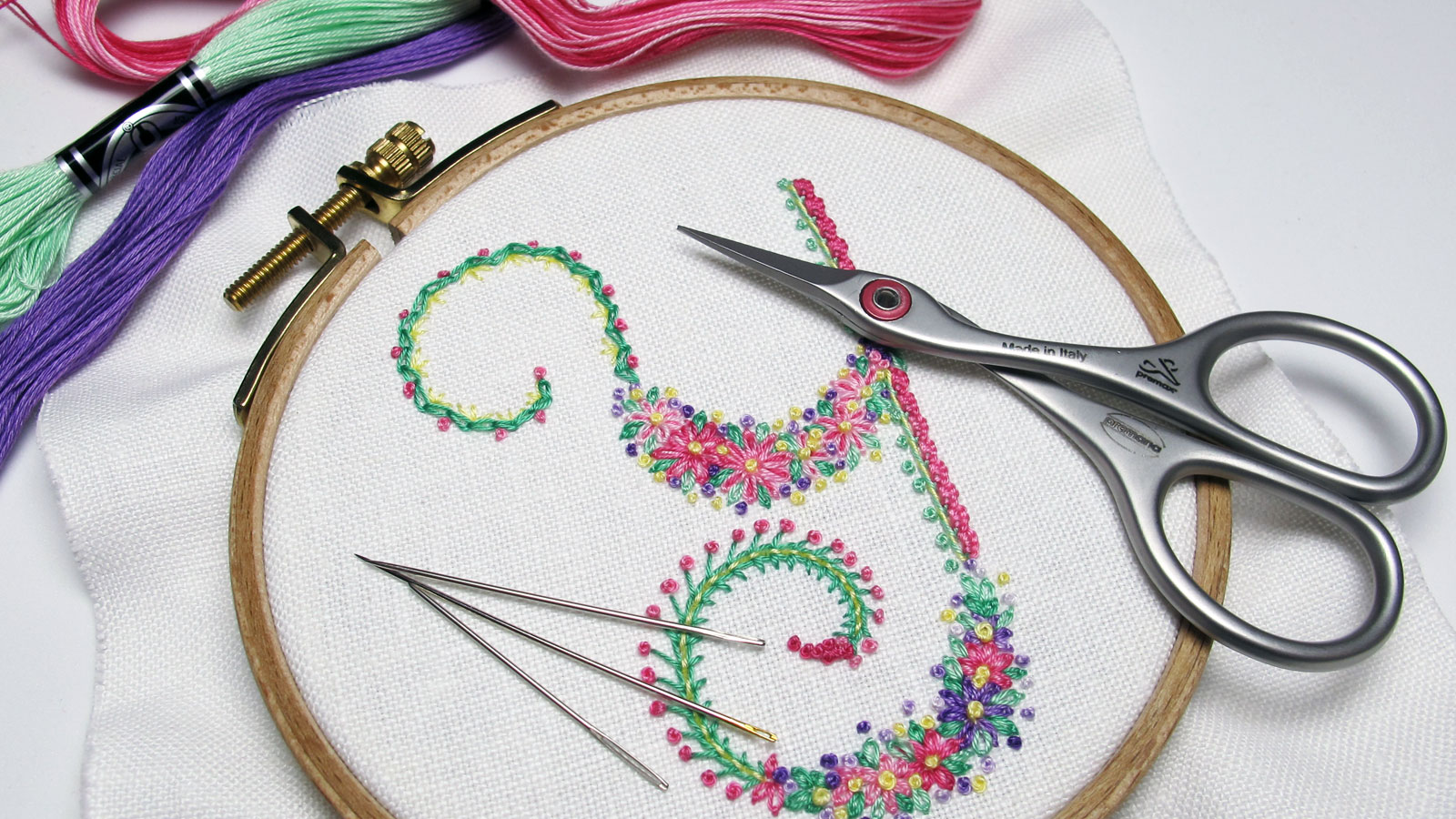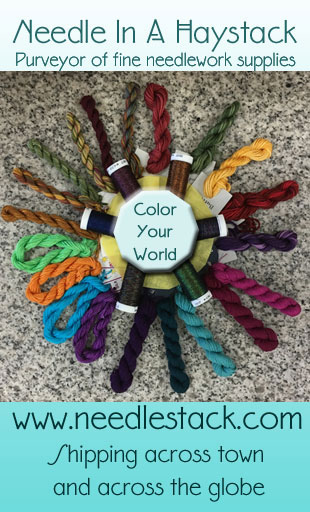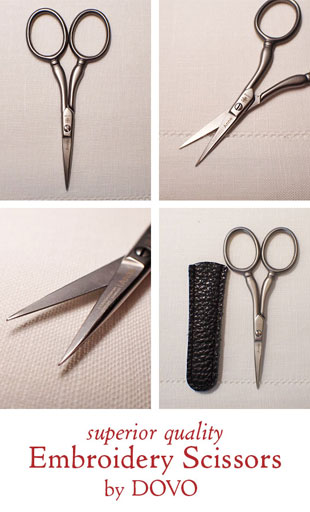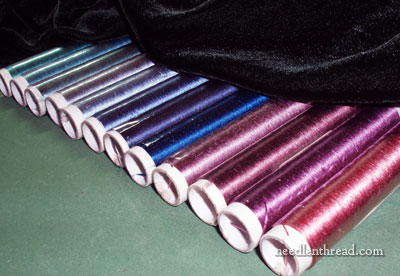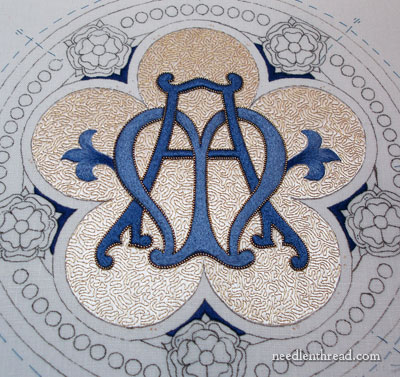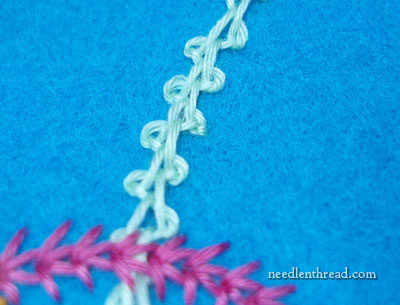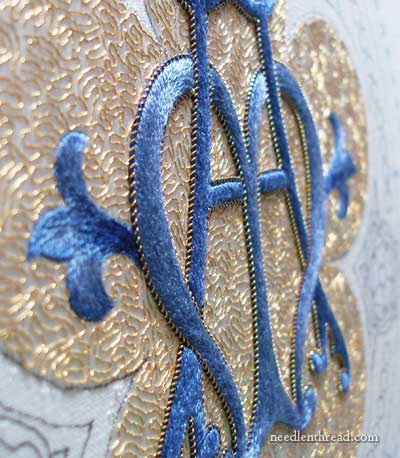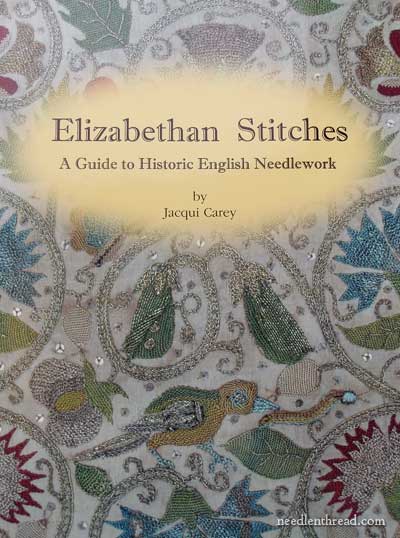The bluebird has long been a symbol of cheerfulness, happiness, prosperity. It’s such a chipper, lovely little bird, and my favorite harbinger of spring. Here in Kansas, I’ve had bluebirds hopping around my birdbath and feeder since January! I just love the little flitty things!
The other day, a pal popped in for a visit, carrying with her a piece of art she had appropriated from her sister’s wall. Much to my delight, it featured the bluebird – in silk and gold embroidery, Chinese style. The piece was purchased at an antique shop, and it was uniquely framed – encased in glass on both sides, so that the embroidered piece floated in the middle of the frame, and any wall behind it showed through. The frame job made it somewhat difficult to photograph, but I did my best, because I wanted to send the Bluebird of Happiness your way!
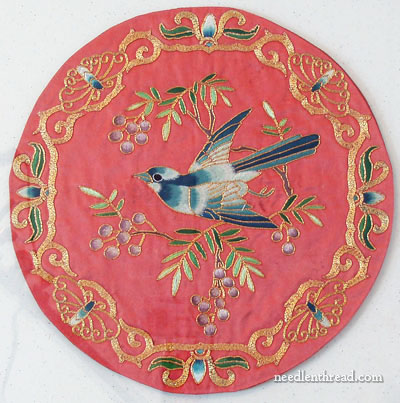 Continue reading “The Bluebird of Happiness – in Silk & Gold Embroidery”
Continue reading “The Bluebird of Happiness – in Silk & Gold Embroidery”
